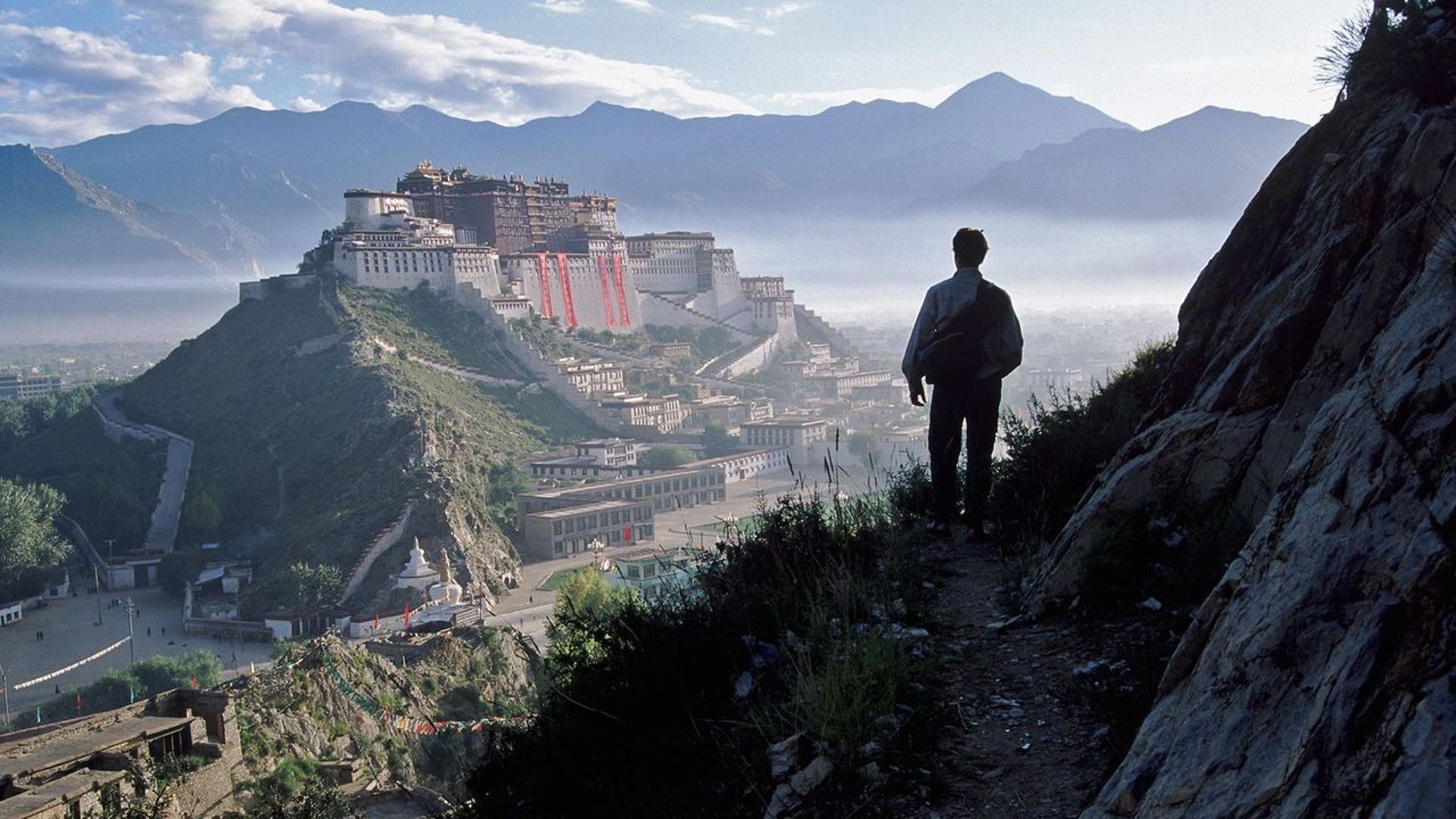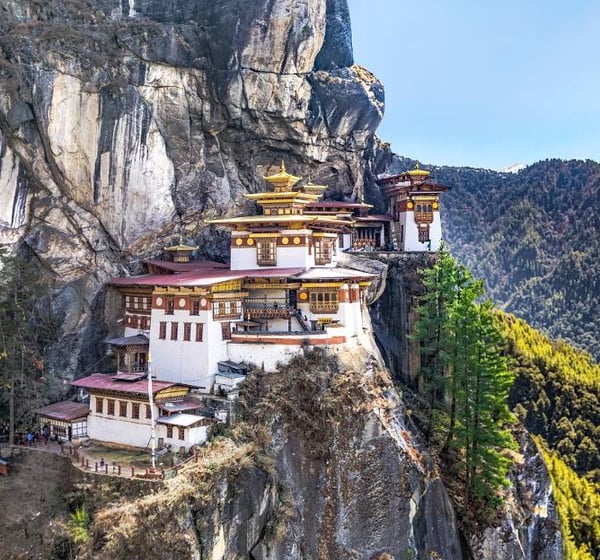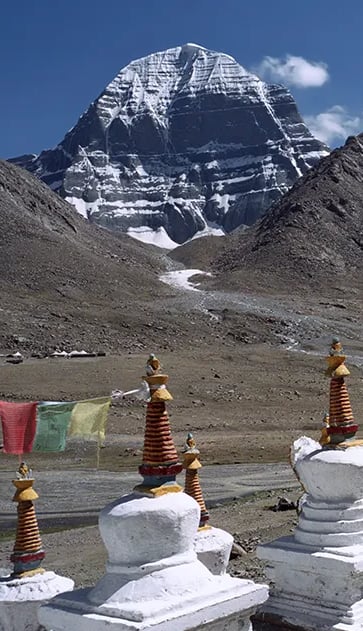
READING
IT’S TIME TO DO SOME
High in the arid landscape of the Mustang district of Nepal lies one of the most spiritually significant temples in the Himalayas — Muktinath, a sacred pilgrimage site for both Hindus and Buddhists. Nestled at an altitude of 3,800 meters, this ancient temple offers not just panoramic views of snow-capped peaks but also a deep sense of peace, purpose, and divine connection.
MUKTINATH: THE TEMPLE OF LIBERATION IN THE HEART OF THE HIMALAYAS




The word Muktinath means “Place of Liberation,” and true to its name, this temple is believed to free one from the cycle of birth and rebirth (moksha). For Hindus, it is one of the 108 sacred Divya Desams dedicated to Lord Vishnu, while for Buddhists, it is known as Chumig Gyatsa — meaning “Hundred Waters” — a place associated with the great sage Padmasambhava, or Guru Rinpoche.
THE JOURNEY TO MUKTINATH
Getting to Muktinath is an adventure in itself. Most pilgrims and travelers start from Pokhara, taking either a jeep journey through rugged mountain roads or a short scenic flight to Jomsom, followed by a hike or drive to the temple. Along the way, one passes through dramatic Himalayan landscapes — barren cliffs, deep gorges, and charming Thakali villages.
Upon reaching Muktinath, visitors are welcomed by the sight of the temple complex, with the main shrine built in a pagoda style. Despite its modest size, the energy around the temple is powerful. Pilgrims often take a ritual bath in the 108 ice-cold water spouts that surround the courtyard. It is believed that this cleansing water washes away all sins and prepares the soul for liberation.
A MEETING POINT OF TWO GREAT RELIGIONS
What makes Muktinath truly unique is its role as a spiritual bridge between Hinduism and Buddhism. Inside the main temple, Hindu priests conduct daily rituals, while a nearby monastery is tended by Buddhist nuns. This harmonious coexistence of two faiths is a beautiful reflection of Nepal’s rich cultural and spiritual diversity.
The eternal flame inside the temple — a natural gas flame burning continuously for centuries — is worshipped as Jwala Mai, a manifestation of the goddess of fire. This sacred flame, emerging from the ground, is considered one of the key spiritual elements of the site, symbolizing eternal life and divine energy.
WHY VISIT MUKTINATH?
Visiting Muktinath is more than just a trek or a pilgrimage — it is a soul-stirring experience. Whether you are a spiritual seeker, a cultural explorer, or a mountain lover, the serenity of the temple, the devotion of pilgrims, and the stark beauty of the Mustang landscape offer something truly transformative.
It is said that those who visit Muktinath with a pure heart never return the same — they leave behind not only their physical exhaustion but also the weight of emotional and spiritual burdens.


MUKTINATH: THE TEMPLE OF LIBERATION
A SACRED SITE FOR HINDUS AND BUDDHISTS BELIEVED TO GRANT LIBERATION THROUGH ITS 108 HOLY WATER SPOUTS.
